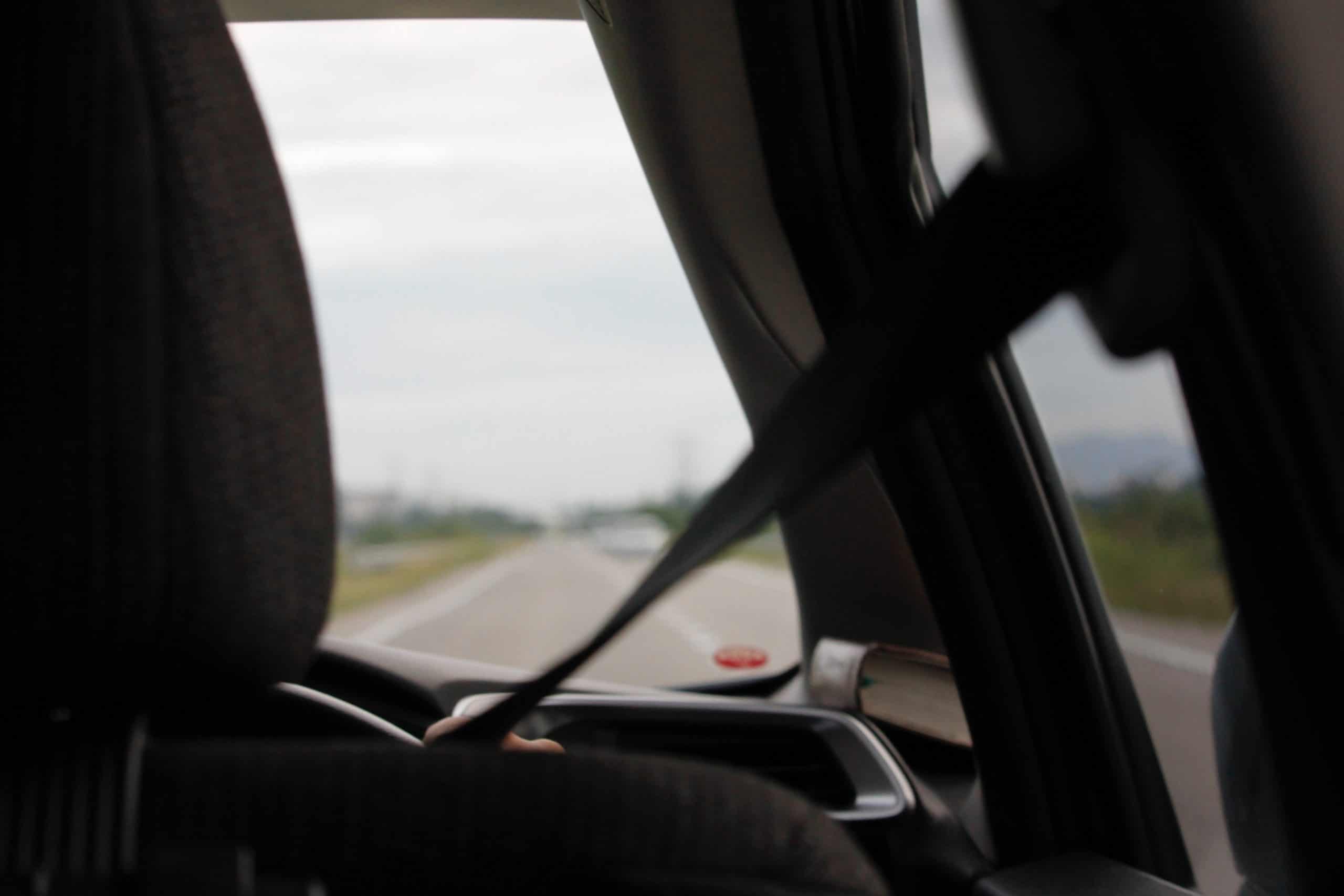Driving a vehicle is as much privilege as it is a risk, especially with the many external variables that can lead to an accident. Harsh weather, poor road conditions, and even other motorists and pedestrians can cause a car crash. Even more than these environmental factors, a car crash can simply occur due to a driver’s negligent or aggressive driving. Thankfully, cars are equipped with safety measures to ensure that the driver and passenger can survive in the event of a car crash.
What is a Supplemental Restraint System?
Every vehicle is equipped with a Supplemental Restraint System (SRS), ensuring the driver and passengers’ safety during a car accident. It involves different key components in your car, mainly the airbag modules and seat belts that protect you from an eventual car crash.
When you buy a new car, your seat belts’ pretensioners and airbag sensors have a one-use function to ensure the safety of you and your passengers. After detecting sufficient force imposed on your vehicle, the airbag modules activate and deploy a fabric that inflates immediately. This protects your head and cushions you from the risk of shrapnel or debris.
Simultaneously with the airbag module, your seat belts’ pretensioners activate and automatically tightens your seat belt sash. This forces you in place and prevents you from being thrown off your chair or sliding down to an uncomfortable position. Unfortunately, they can only activate once after being triggered, so you’ll need to replace them after an accident.
Replacing a Damaged Seat Belt
Although a seatbelt’s purpose is to protect a driver during a serious car crash, it’s also an everyday accessory worn while driving. For this reason, it can experience wear and tear over time. This can be a security risk if you experience a car crash with a compromised seat belt on. Thankfully, you can replace your damaged seat belt by using a screwdriver, ratchet, and specialty socket wrench.
Replacing front seat belts will vary slightly with rear seat belts. With a front seat’s three-point seat belt, you need to loosen the panels and clips carefully. Components screwed on or bolted should be removable with a socket wrench. Keep in mind these parts’ sizes since they’ll need to be compatible with your new seat belts. While reading your car’s repair manual, apply the proper amount of torque specifications for installation.
For rear seat belts in vans, trucks, and SUVs, you’ll need to employ a different method in handling the shoulder belt attachment. Since it’s not similar to the driver’s row seat belt, you need to be more careful to prevent damage to the back of the headliner. Additionally, some passenger cars have seat belt attachments under the seat. You’ll need to remove the cushions first for easier removal.
Remove the cushions so you’ll have better maneuverability in removing and installing your new set of seat belts. After gaining access to your seat belt’s parts, use the same steps as front seat belts and remember to set the appropriate torque.
Conclusion
While natural deterioration through wear and tear is more common, it’s also important to replace your seatbelt if you’ve recently gone through a car accident. For this reason, you need to order quality replacements from a trusted provider. Even better, they can perform the replacements for you to ensure a quick and precise installation.
Our team At Safety Restore is devoted to giving quality replacements for your vehicle’s SRS. We ensure our clients’ peace of mind through different services, from airbag module resets to seat belt replacements. Contact us today and we’ll keep you safe the next time you’re behind the wheel.

